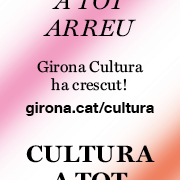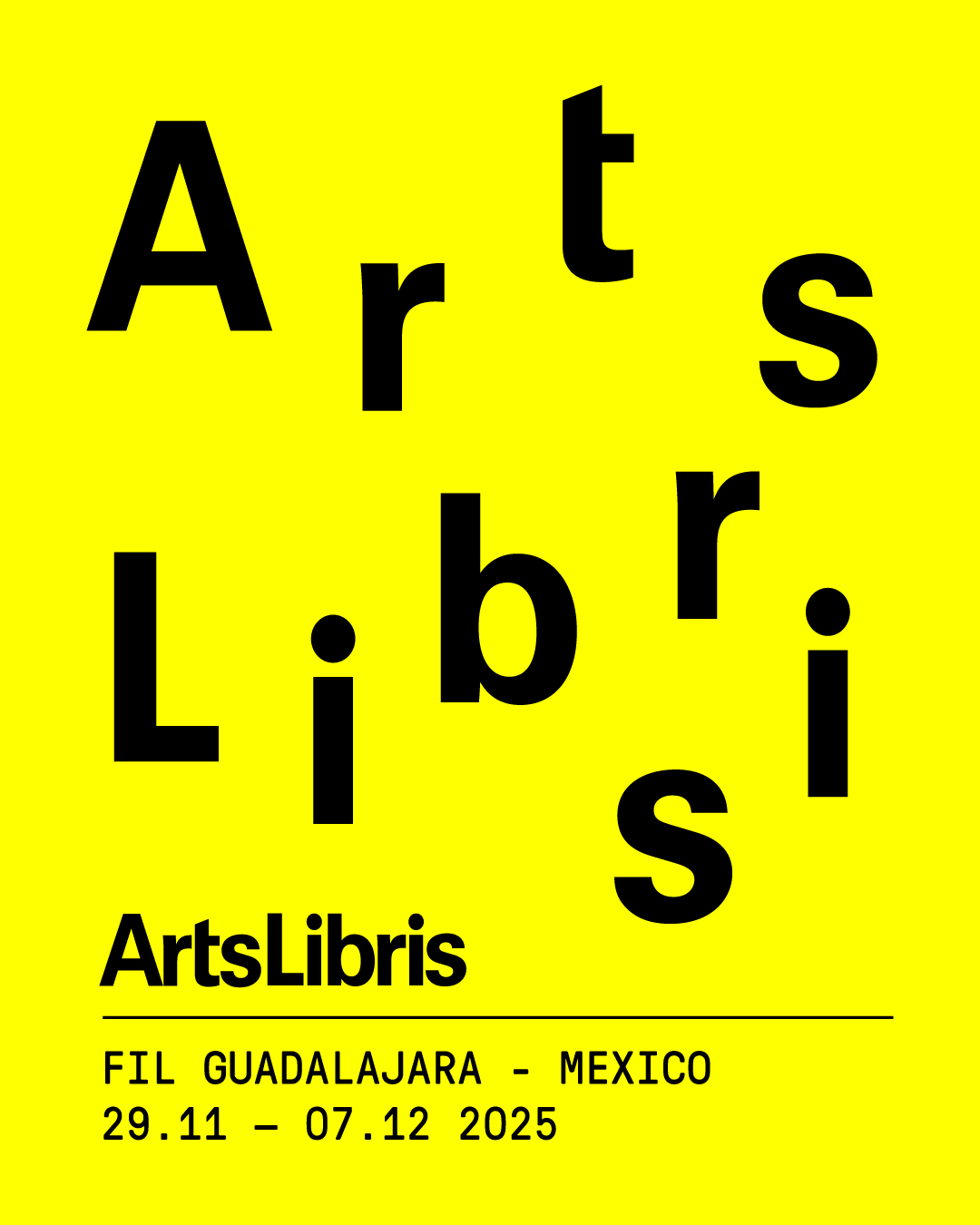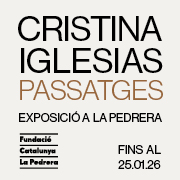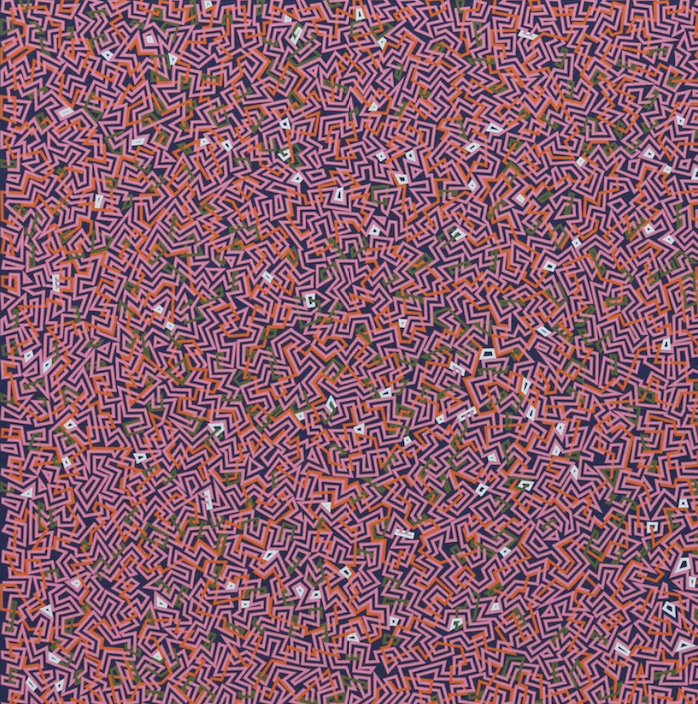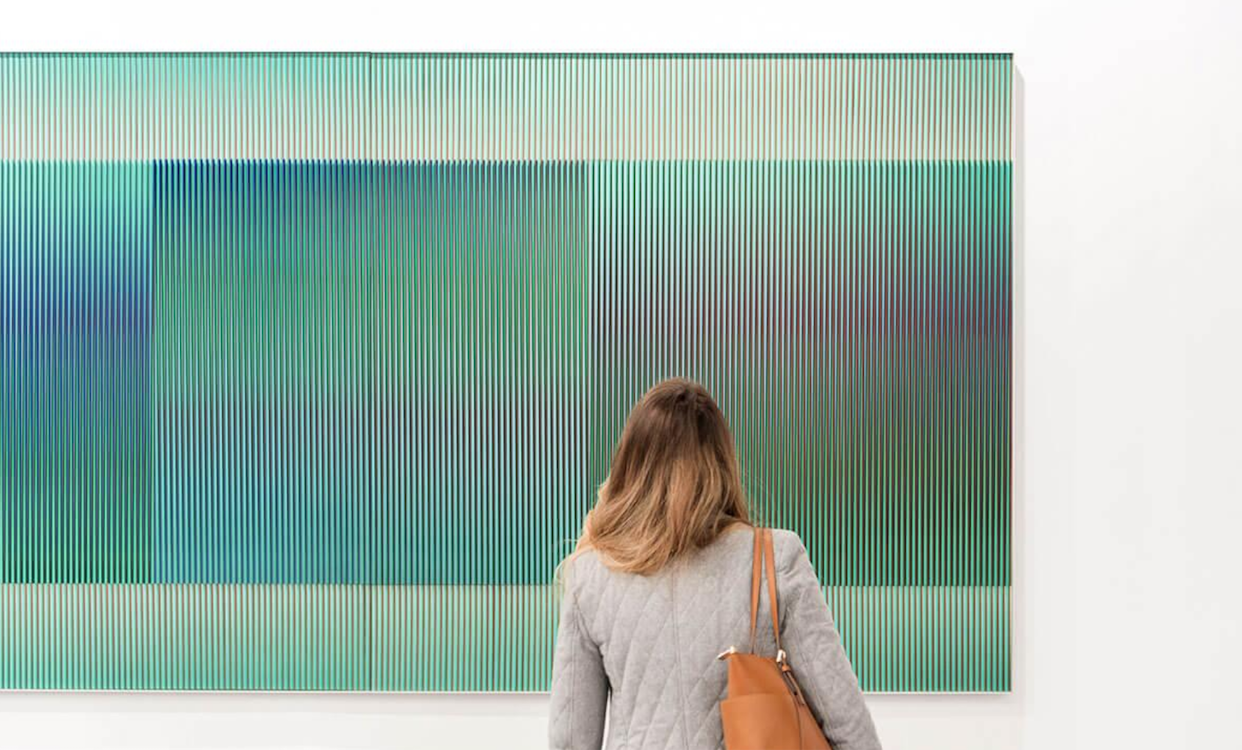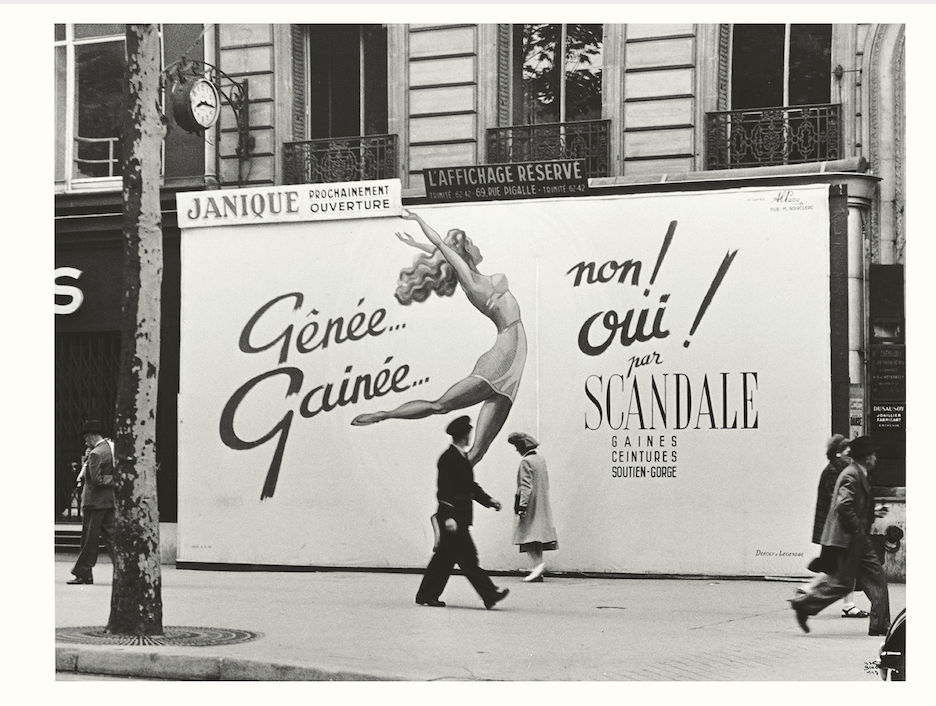Exhibitions
Espais Volart presents the first anthology dedicated to Santi Moix
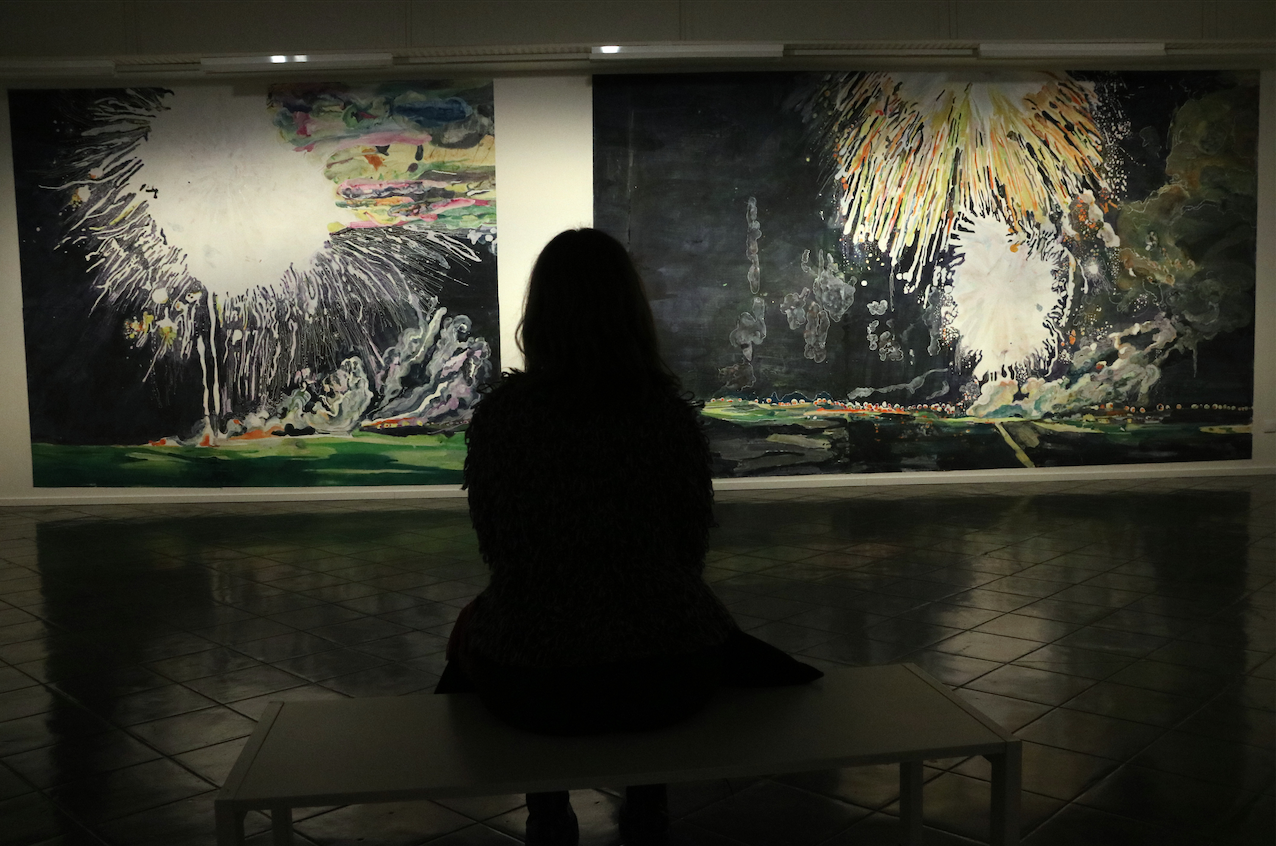
Espais Volart has presented the first anthology dedicated to the work of the painter Santi Moix (Barcelona, 1960) La costa dels mosquits (1998-2022) which can be seen from February 21 to July 16. The exhibition is curated by Enrique Juncosa and includes around eighty works created from 1986 to the present by the New York-based artist. The exhibition retraces the entire period in which Moix worked with gallerist Paul Kasmin. Among others, you can see a moment of maturity in the work, especially when in 2002 he received the prestigious Guggenheim grant. The anthology features paintings, watercolors, ceramics, sculptures and ephemeral interventions on the walls of Espais Volart.
Moix has declared that he is "excited" about the anthological exhibition, especially because it is being held in his home city. He was happy with the result because of the dynamics that the commissioner has established in each room. Most of the artist's large-scale work has not been able to arrive from the US due to "logistical problems". "It's an exhibition that explains very well the world I come from and how I live," he said.
Regarding the artistic relationship with the gallerist Paul Kasmin, he said that it was a few years where he worked to "provoke, be rebellious, reinvent himself and play continuously". "He is very attentive to the outside noises you have and to pay attention to which ones you have to listen to in order to work," he said of Kasmin.
For his part, the curator of the exhibition Enrique Juncosa has celebrated that with the anthology an artist has been recovered who considers that he is not known "as he should be" because he lived in Japan during the 80s and from the 90s in USA He has noted that he offers a work that "doesn't look like anyone else right now".
Regarding the work, the curator has said that it moves between "instinct and reason". While in the beginning it is very related to the urban experience of the city and the movement, later it is observed how the author is interested in a "very visual and attractive" reading. "If you look at the flowers, they are toxic and you start to see that they seem to lead to ecological disasters", he emphasized.
Specifically, Santi Moix presents a show inspired by fauna and flora. Rendered through exuberant colors, the artist creates a world where easily recognizable images such as insects, eyes or animals are mixed. "Moix's painting is halfway between representation and abstraction. His language has an expressionist appearance but, beyond reflecting specific emotional states, it becomes a tool to create a parallel mythical-poetic imaginary world", commented the Volart Spaces of the Vila Casas Foundation.
During the tour, the visitor can appreciate one of the most outstanding aspects of the artist's career, the illustrations. Miguel de Cervantes, Umberto Eco or Mark Twain, among others, are some of the writers that Moix has illustrated in books such as Don Quixote de la Mancha, The Adventures of Huckleberry Finn or The Name of the Rose.
During the visit to the different rooms you can see how the painting carries out a dialogue between the forms it paints, "as if each one was created in response to the previous one and that evolves organically like the movements of clouds pushed by the wind" .
On the other hand, you can see a space by Moix focused on flowers, very dominant in his works, entitled Tangana, inside of my backyard. Also a space dedicated to ceramic and porcelain sculptures created in collaboration with ceramist Joan Raventós. And finally an audiovisual project under the name of Les set vides de Santi Moix where images of the artist are collected working in painting and ceramics workshops, and also creating installations in New York.
As they explained, the title of the exhibition La Costa dels Mosquits is a reference to the 1981 novel by Paul Theroux that narrates the migration of an inventor and his family to the Central American jungle. The plot relates to the transfer of the artist and his life in New York and Japan, creating a parallel world to reality. The author also refers to the rural world, cinema, music or Catalan culture in his work.


